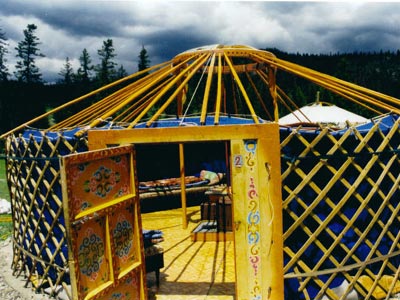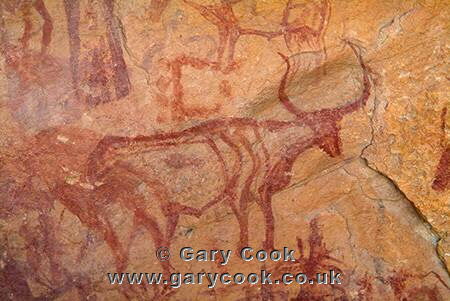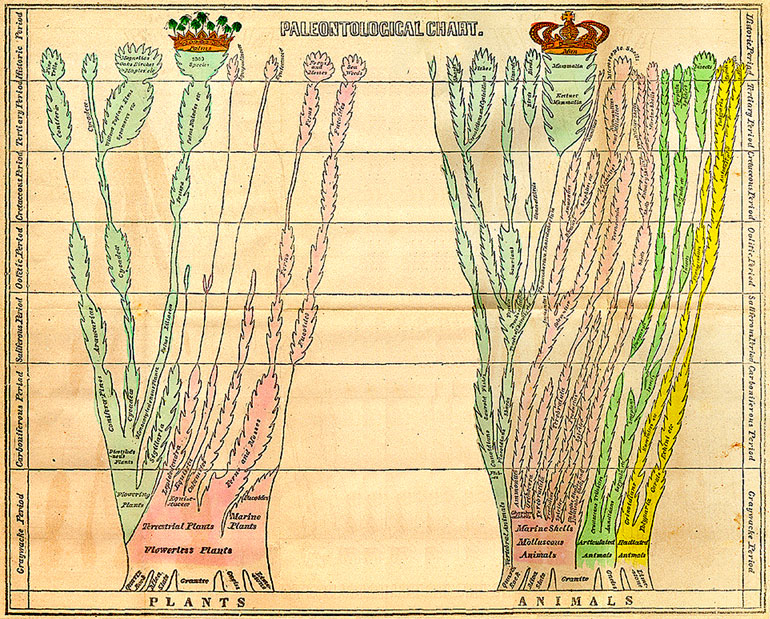In which we find that it is wintertime in roborigine's mind, or, perhaps, the dark night of the soil..
(Some one thought of this pun first, an interesting mix of spirituality and agriculture.)
[Warning: this post may contain occasional exaggeration for dramatic effect.]
Once there was a moral imperative to live sustainably; it was before there began to be any talk about global warming, or industrial pollution-mediated climate change. It was just the way things were done. How long ago was this?
Here is a link to an amazing organization,
Grassroots International (Funding Global Movements
for Social Change). Food Sovereignty is one of the issues
they are working on.
It was just before the industrial revolution began -- before a surface of dark-coloured false stone blanketed every spare inch of our cities and every highway in between. When roads were still dusty, tomatoes tasted like tomatoes and water came from a well not a tap.
A great image of the way we live today comes from the Ringing Cedars of Russia books. What if you woke up one morning and went out to your orchard to pick an apple -- from your tree -- and..
You found a large queue of people standing in your way. That will be 7 dollars a kilo, the first one tells you. It includes storage, shipping, wholesale and retail mark-up, plus tax and environmental levy. Actually, they're on special today! You look down the line and see it is true. There really is a chain of accountants, truck drivers, forklift operators and a farmer (complete with a tractor). All between you and your food -- nodding in agreement with the clerk who wanted to sell you -- your apple.
How hungry are you -- can you afford to walk away. It must seem quite funny. Funnier still, if it were not true.
Are they trespassing on your land all these people -- or just doing their jobs. As far as they know, the reality that I have described is absolutely necessary. For they must earn their "bread" so that they can each take their turn standing in the supermarket checkout queue for whatever they each may be hungry for.
So you decide to speak with the farmer. He will be the most sensible, you surmise. What do you grow -- what do you farm here in my orchard (you are humouring him; he has a large family). Just carbon really, he says. I get subsidised for that. It's a grant. For every tonne of carbon I return to the soil there is a set payment.
I can farm carbon you say to yourself. I could get a carbon-farming grant to live sustainably as I would like to. But really would I need a grant for this if I was living sustainably. Actually (if I just grew carbon) I would still have to spend the grant on some one else's apples, so what's the point?
The next farmer to him grows meat. You don't eat it. But still you must try to understand what has happened. In your orchard. You see, he tells you, there isn't enough land under cultivation for every one today to eat vegetables. (A sensible argument really; you can't have every one switching to vegetarianism or veganism all of a sudden if there's not enough cole slaw and tofu to go around.) But I don't wish to murder any animals to put food on my table you reply.
Farming claims 40% of earth's land surface up from 7% in 1700.
LAND USE CHANGES during past 300 years:
Mini farms are generally more productive and earth friendly- but how many small private farms are left?
"Small farms, which produce most of the world's food, are currently squeezed onto less than a quarter of the world's farmland .. "
Does the broccoli enjoy being decapitated for your purposes? The man asks you. That wasn't my point you remind him. It used to be my orchard. The animals had a purpose, but I needed them alive to help me here. Some of them became my friends! And you can pick from a plant without killing it -- this is possible, just as animals give us their milk and eggs (and honey) and survive to feed their offspring (and make more).
Next. There is a store manager, who is conferring with a supermarket CEO (well it could happen). They are too busy to be interrupted, so you can continue along the chain. Next! You spy a health food store clerk. This charming young person extols the virtues of supplements -- for the modern lifestyle. Of course, you should also have a water filter, ancient grains, maca, acai and goji berries and a wheat grass smoothie (from a machine) to keep your strength up. But I just wanted an apple. My apple, from my tree! You say inwardly, nodding at the sage advice and taking a glossy brochure with a picture of a healthy person drinking a glass of juice.
Your hunger is building, but you have not passed all the way down the line -- and the tree seems to be getting further and further away. It is my right to own land; it is my right to grow my own food -- you repeat this mantra and actually start to feel better. Here is the newsagent. I could use one of those magazines on self-sufficient gardening you realise. It will keep me occupied reading about what I did before -- I woke up to this! Or am I still dreaming you wonder?
Australia's versions of dachniks' magazines! (Both recommended.)
You spy an acquaintance who seems to have a clue. It's your carbon footprint, he says. (He always says this.) It has gotten too large. In a way this is all your fault! Do as I do -- and I guarantee it will only be a short bike trip to that tree (on the roadside, but has good apples, some years). I prefer to walk, you say.
Herald of Sustainability's Springtime. Some simple suggestions.
~
It has been proposed that if every one changed 3 things
(relating to their carbon emissions)
it would make all the difference.
~
It has been proposed that if every one changed 3 things
(relating to their carbon emissions)
it would make all the difference.
~
Calculate it, and offset it.
But what does it mean? This. It tells us kilograms of carbon dioxide
we are responsible for emitting.
What about ecological footprint? (*See quote below.) That is,
how much land we actually consume or impact in our daily living.
(*) WWF’s Living Planet Report 2010 found that in 2007 the global ecological footprint was 18 billion hectares.
This means that the Earth’s people needed 18 billion hectares of productive land in order to provide each and every person with the resources they required to support their lifestyle and to absorb the wastes they produced.
The bad news is that there were only 11.9 billion global hectares available.
This means that the Earth’s people needed 18 billion hectares of productive land in order to provide each and every person with the resources they required to support their lifestyle and to absorb the wastes they produced.
The bad news is that there were only 11.9 billion global hectares available.
Then we ask again, how much do we actually
require for our physical survival? [See previous post.]
As your hunger increases, your mind begins to race. You have successfully resisted junk food and cola (or energy drinks with fries) and feel better for it. This helps, but you still need an apple. Oh - ho. Now we are getting closer. Here is an organic mail order nursery where you can buy a heritage apple, grafted of course. The specimen looks a bit weak (it is a dwarfing variety -- you have ordered it and received it, because you love apples and could wait long enough).
A few years later, the apple is yours. You paid the price and you got it. Even grew it! It is in a moveable container because you still hope to settle somewhere with enough space to plant it. Where was my orchard you wonder -- and why can't all these people grow their own apples -- it would be far simpler than what they are doing. You talk to one of the people in the line, which is by now endless, going from horizon to smoggy horizon. She gives you a reason. It's not just about apples, she says. We also need cars. Why? To get to work of course. But you said.. (You had to work to buy the car.) Nevermind. Some things really don't grow on trees.
























































